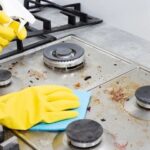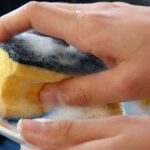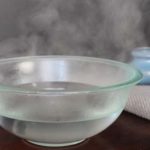Washing dishes is a daily chore for families, and it includes cleaning a variety of items, from porcelain and glassware to pots and pans. Nowadays, plastic containers are also popular and are mainly used to store food, both raw and cooked, at room temperature or in the refrigerator.
However, washing plastic containers can be more challenging, especially when they are greasy. To address this issue, a user recently shared a video demonstrating a trick to clean plastic containers quickly and easily without using a dishwashing sponge.
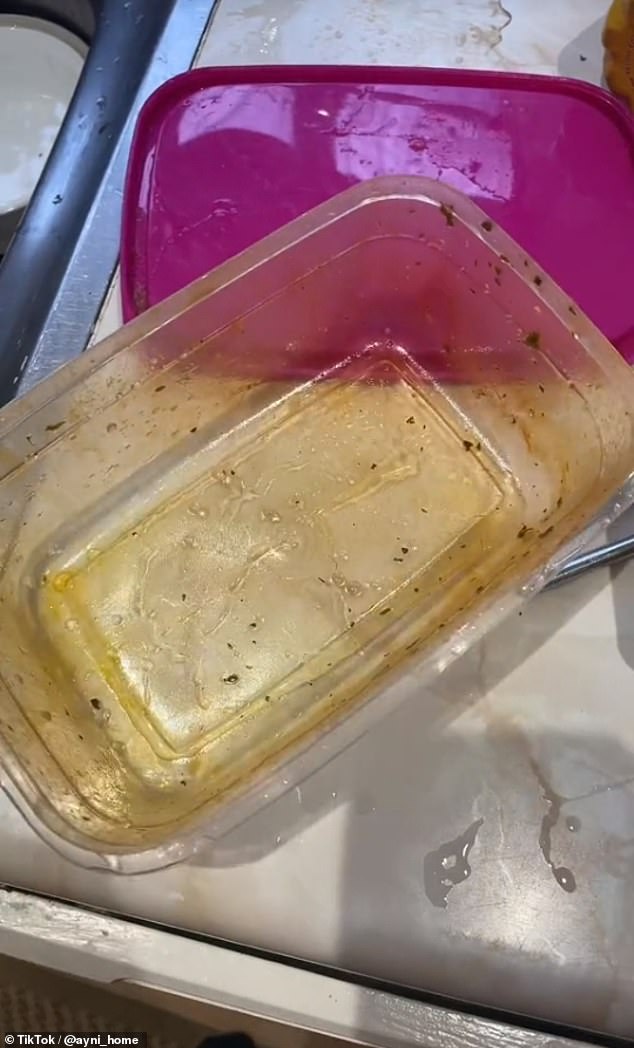
Greasy plastic containers can be a nightmare to clean. (Illustrative image)
The video instructions are as follows:
– First, prepare 1-2 absorbent paper towels.
– Place the paper towels in the plastic container and add a sufficient amount of dish soap.
– Close the container’s lid and shake it continuously until the mixture inside creates a foamy solution.
– Finally, open the lid and rinse the container with water.
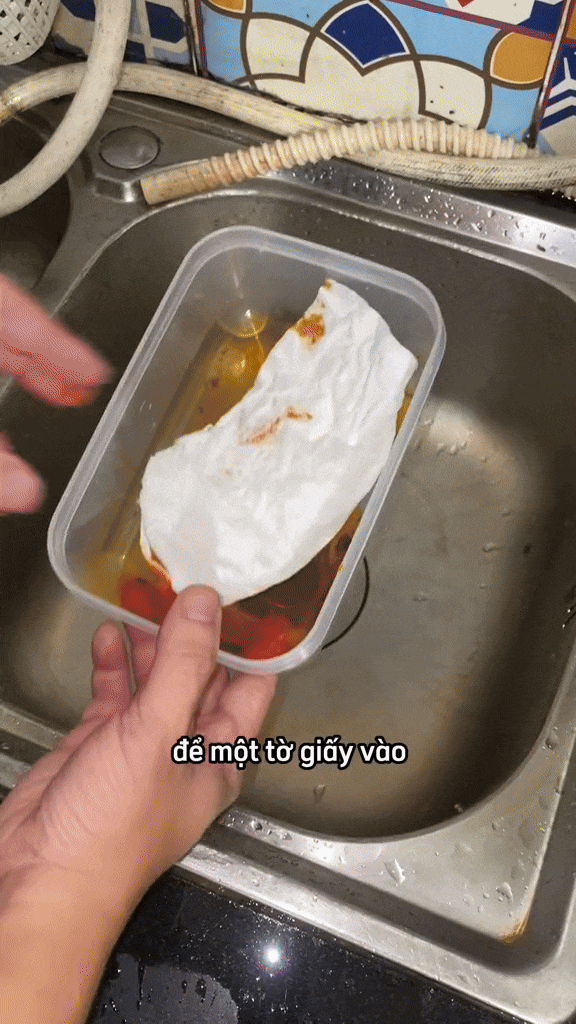
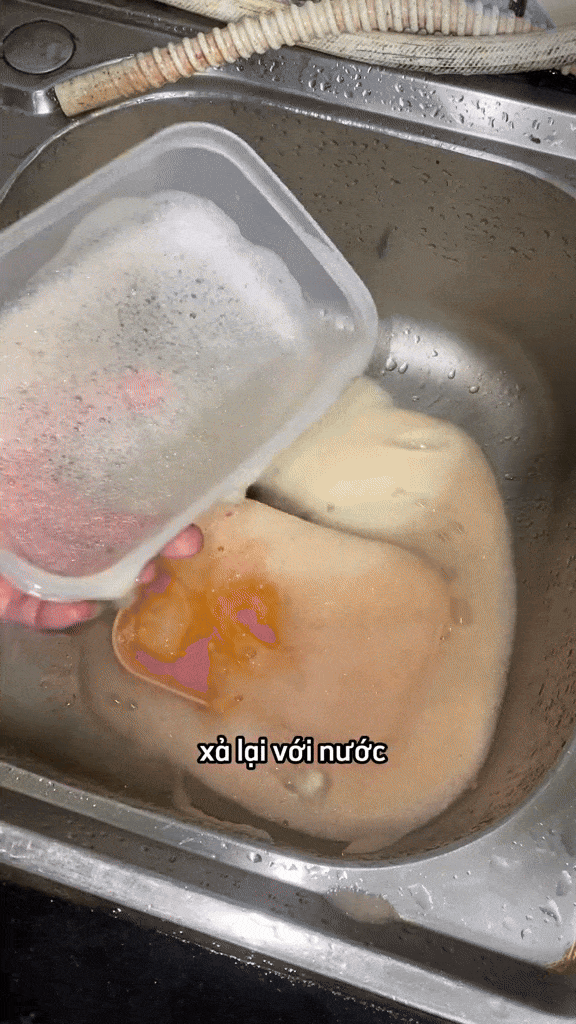
Images: Tùng Review
According to this user, these steps effectively clean the plastic container without the need for a dishwashing sponge. However, the method has received mixed reactions. While some praised the innovation, most users expressed concerns as the steps might not thoroughly remove grease and dirt or ensure the complete rinsing of soap residue from the container.
Using paper towels and shaking the container with dish soap will help absorb some of the grease, but it is essential to follow up with a manual scrub using a dishwashing sponge and clean water to ensure the container is entirely safe for reuse.
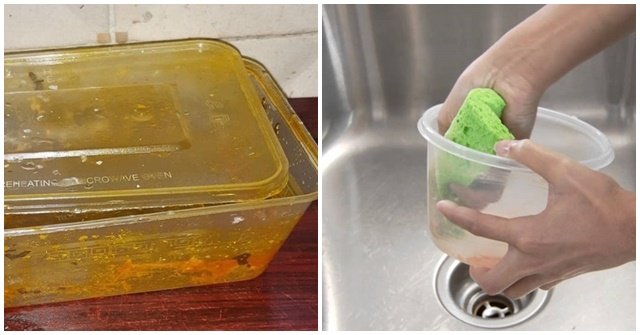
Using a dishwashing sponge ensures the complete removal of dirt and soap residue from the plastic container. (Illustrative image)
Effective and Safe Methods to Clean Plastic Containers
In addition to the paper towel method mentioned above, here are some alternative approaches to effectively and safely clean plastic containers:
1. Use Lemon
Lemons contain acidic properties that work as a great natural cleanser. You can use this readily available ingredient from your refrigerator to clean your plastic containers. The added benefit of using lemons is that it leaves a pleasant, safe fragrance.
Squeeze lemon juice into the container, and then use the lemon wedge to scrub the insides. Repeat this process, and finally, rinse the container with boiling water. However, this method is more suitable for containers with light grease and not heavily soiled ones.
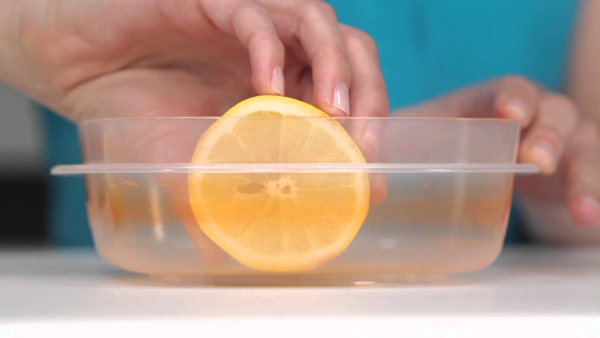
Illustrative image
2. Use Vinegar
Similar to lemons, vinegar also contains acidic properties. Pour vinegar into the container, ensuring it covers all the greasy areas. Let it sit for about 3-5 minutes.
After the waiting period, discard the vinegar and wash the container with clean water and a dishwashing sponge. Alternatively, you can soak the container in a mixture of vinegar and dish soap for improved results.
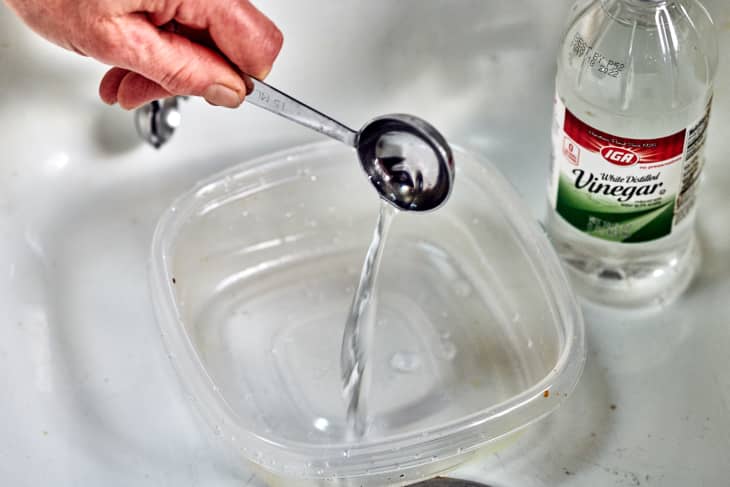
Illustrative image
3. Use Baking Soda
The third effective and safe method to clean plastic containers is by using baking soda. Rest assured that baking soda is a gentle yet powerful cleaning agent.
Simply add a small amount of baking soda to the container, mix it with warm water, and use a dishwashing sponge to scrub the insides. Finally, rinse the container with clean water. Baking soda can also be used to clean other kitchen utensils.
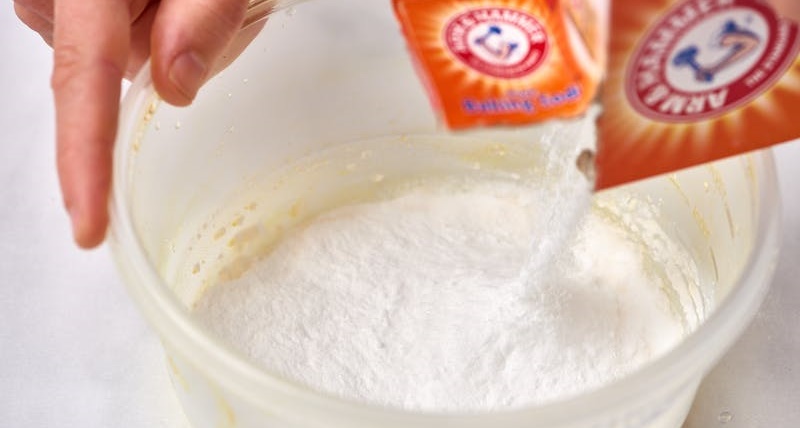
Illustrative image
According to Người đưa tin
The Ultimate Guide to Cleaning Your Newly Built Home Like a Pro
Introducing the ultimate guide to cleaning your newly built home: with our expert tips, you’ll have your new space sparkling in no time! Our comprehensive approach takes you room by room, offering tailored advice for each unique space.
But first, let’s talk about the golden rule of cleaning: always work from top to bottom and inside out. This simple trick ensures you don’t miss a spot and makes the entire process faster and more efficient.

























